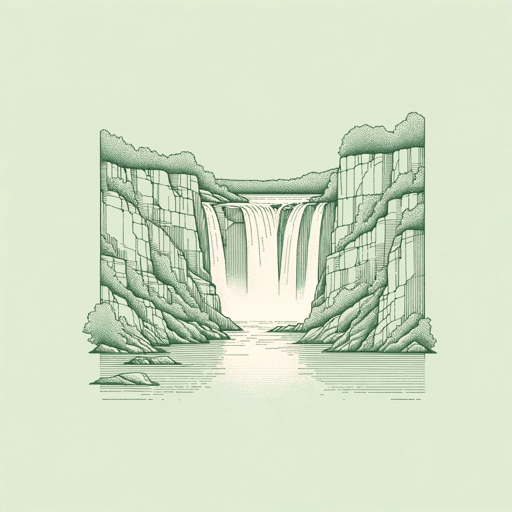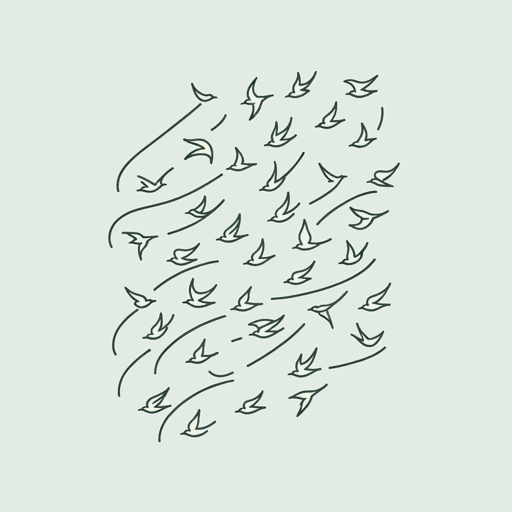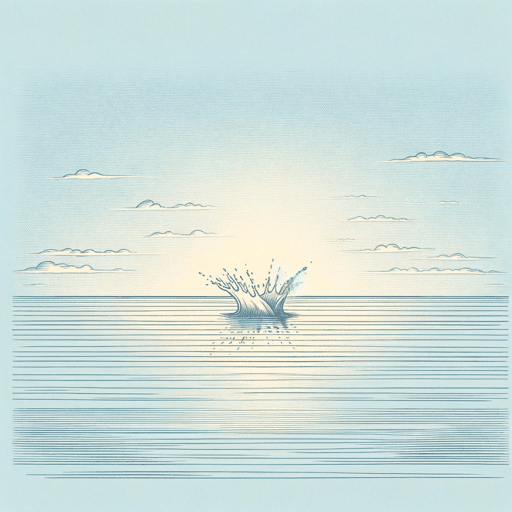19 pages • 38 minutes read
William Carlos WilliamsLandscape with the Fall of Icarus
Fiction | Poem | Adult | Published in 1960A modern alternative to SparkNotes and CliffsNotes, SuperSummary offers high-quality Study Guides with detailed chapter summaries and analysis of major themes, characters, and more.
Literary Devices
Form and Meter
William Carlos Williams’s “Landscape with the Fall of Icarus” employs a loose form. It is made up of 21 short lines divided into seven stanzas of three lines each (tercets). The poem is in free verse, a hallmark of Williams’s style. This absence of a strict meter produces a flexible and fluid rhythm, enabling Williams to capture the natural cadence of language and the flow of thought, and it contributes a modern tone that is juxtaposed with Icarus’s ancient mythical status. The lack of punctuation and the use of enjambment (breaking up of the lines) also contributes to the flexibility and fluidity of the poem, going against classical traditions.
Though the poem has no strict meter, it is not without metrical properties. Most of the lines of the poem employ two stressed syllables (though a few have only one). The first line of several stanzas (Lines 1, 4, and 19) begins with an iamb (da-DUM) followed by an anapest (da-da-DUM). Similarly, while the poem lacks a sustained 







Related Titles
By William Carlos Williams

Approach of Winter
William Carlos Williams

Between Walls
William Carlos Williams

In the American Grain
William Carlos Williams

Paterson
William Carlos Williams

Spring and All
William Carlos Williams

Spring Storm
William Carlos Williams

The Red Wheelbarrow
William Carlos Williams

The Young Housewife
William Carlos Williams

This Is Just to Say
William Carlos Williams

To Elsie
William Carlos Williams

To Waken An Old Lady
William Carlos Williams
